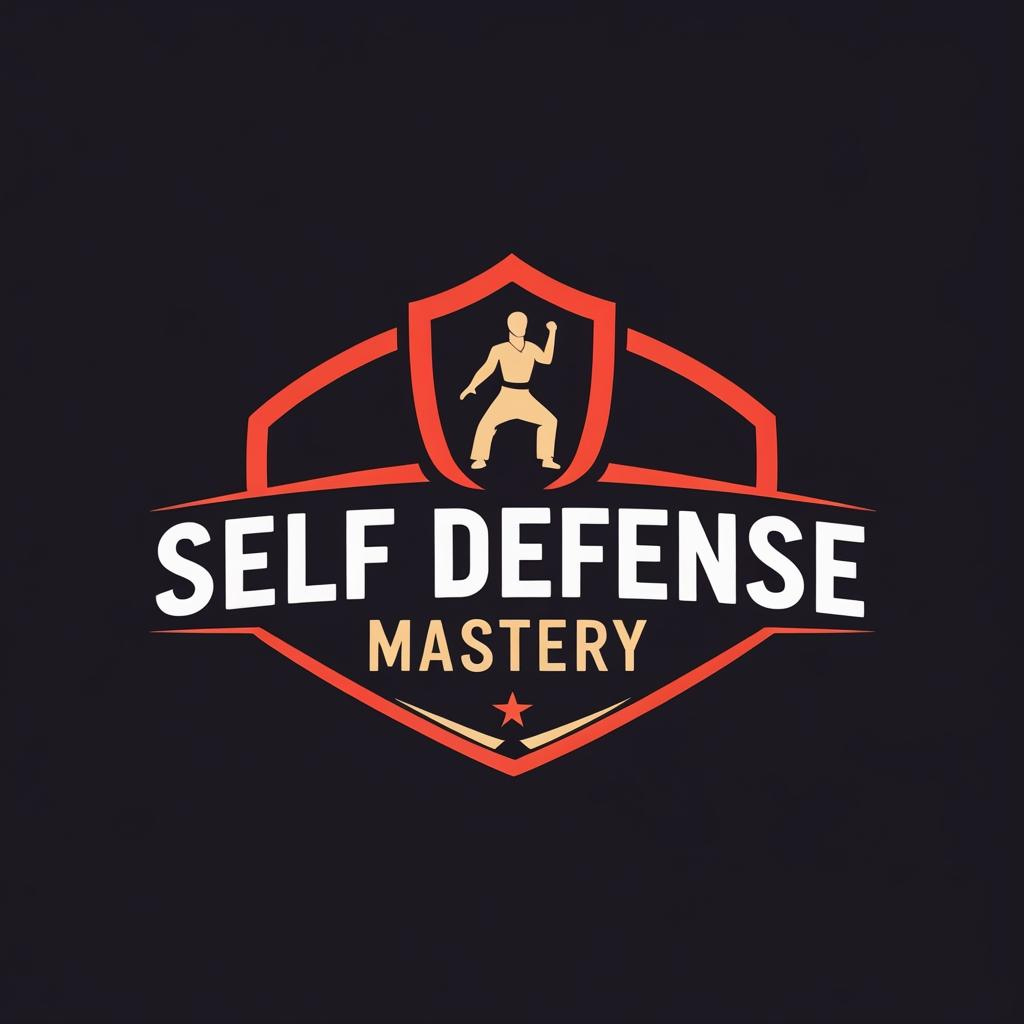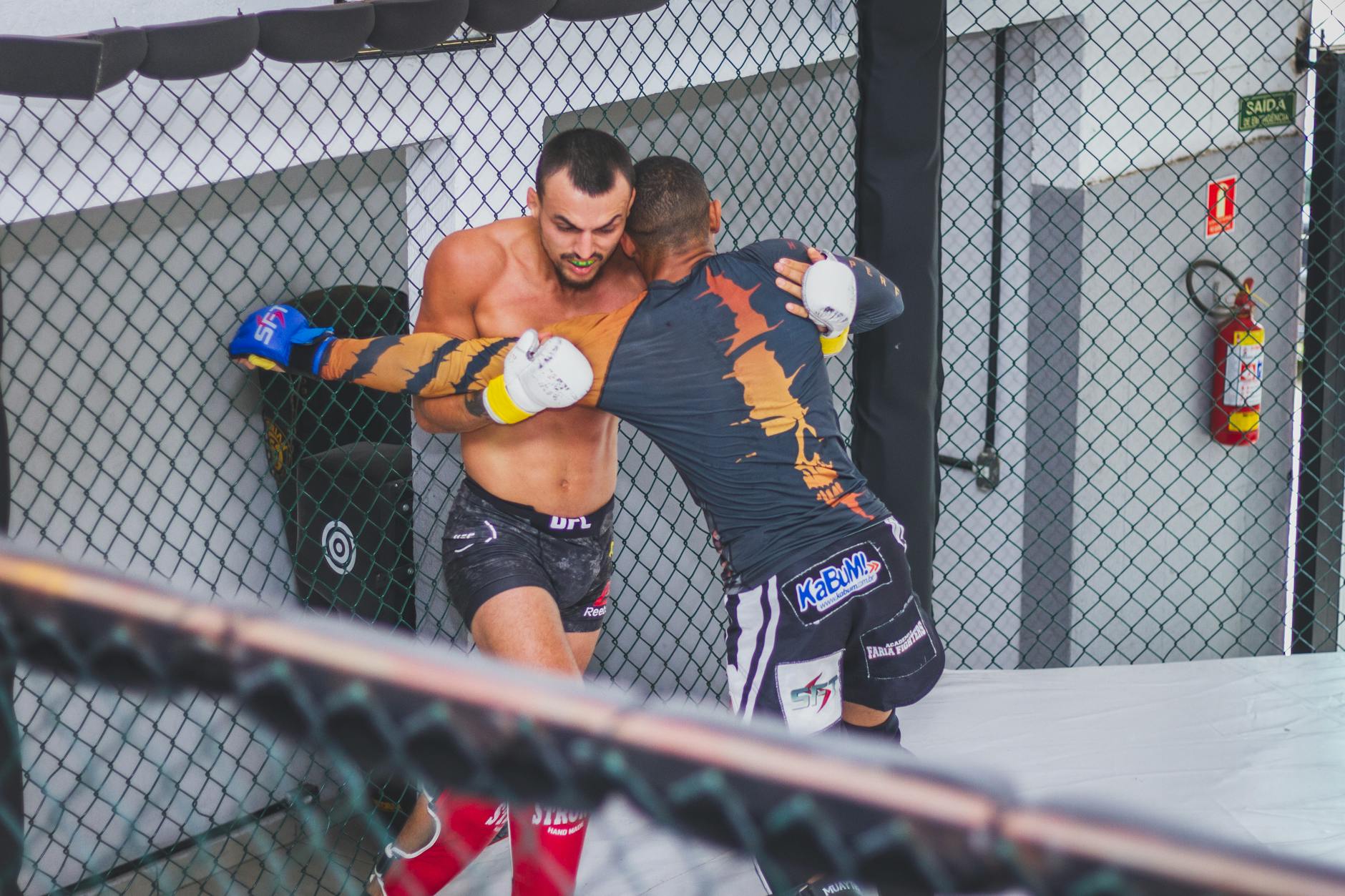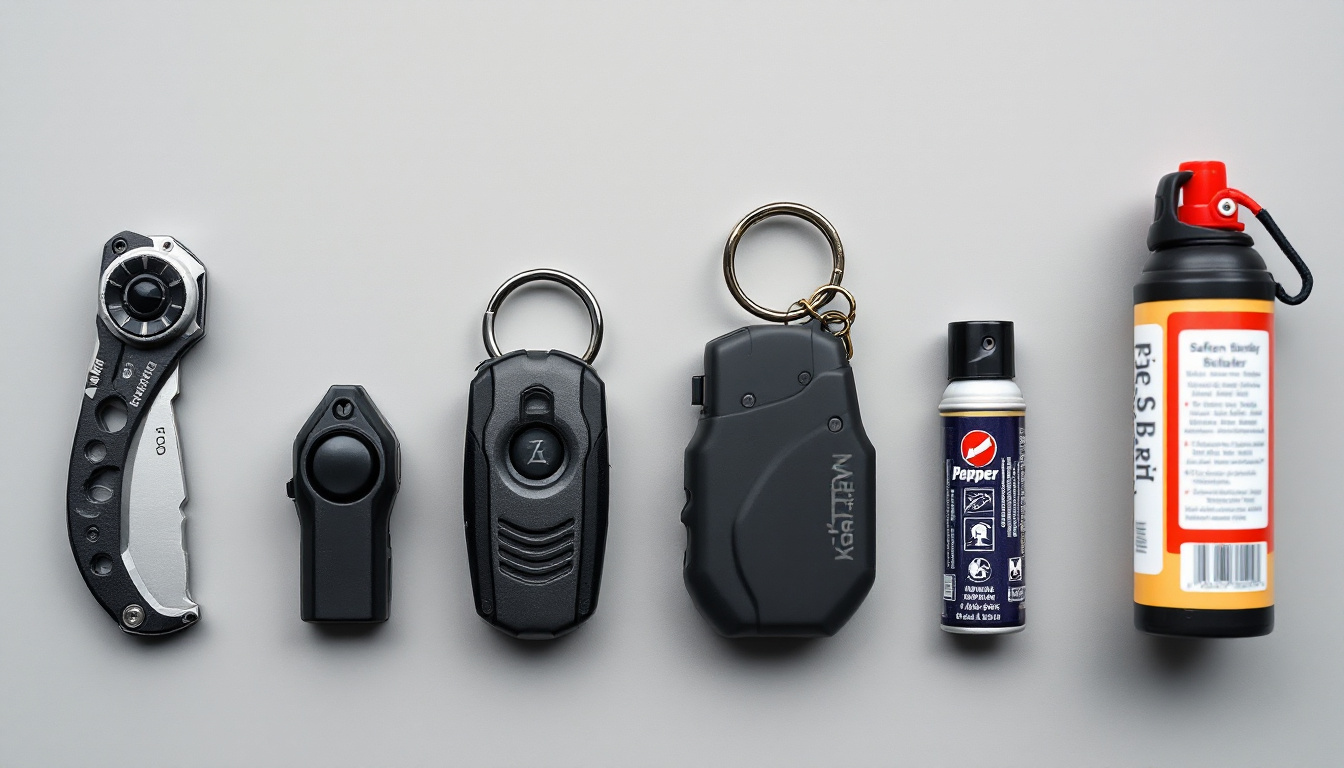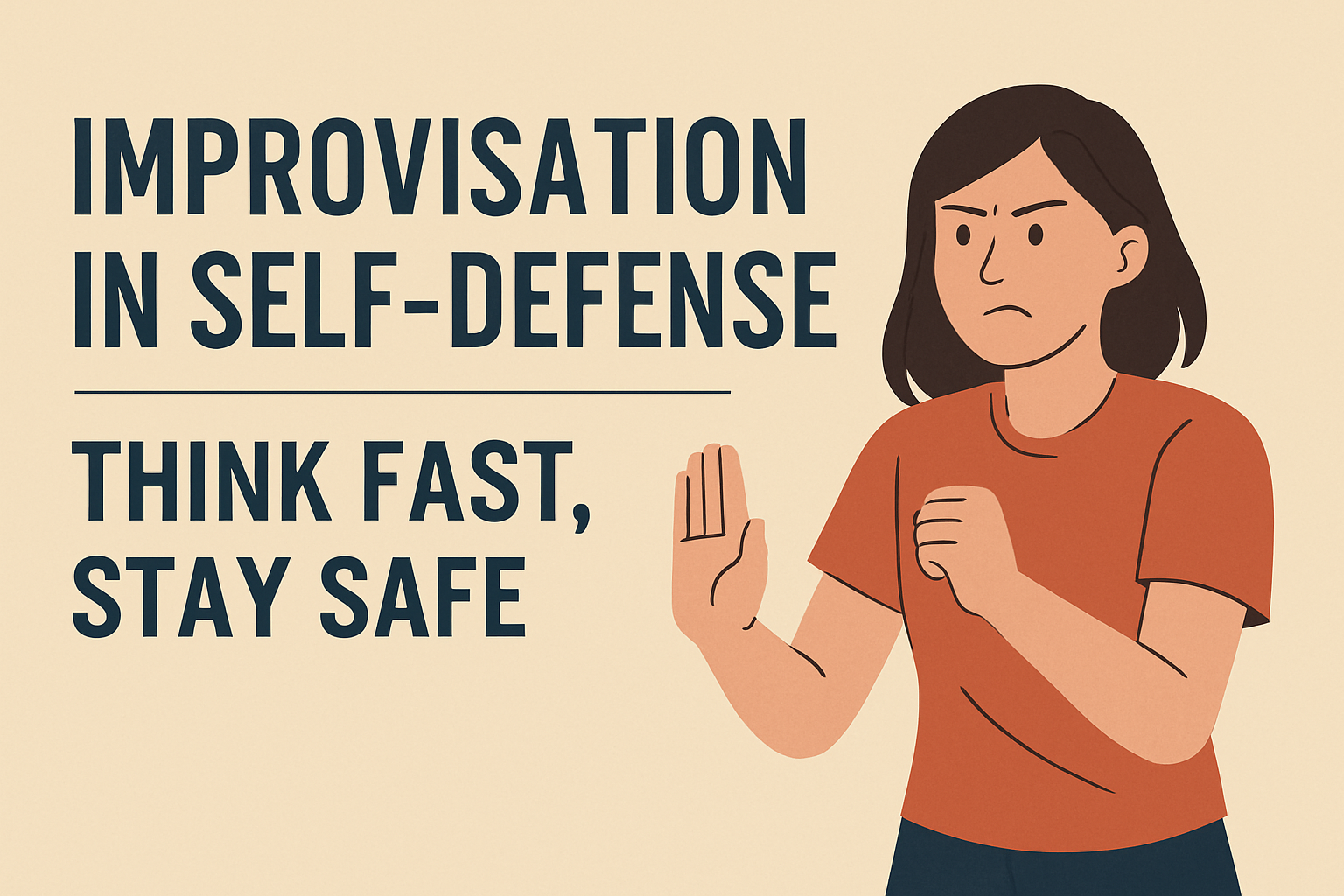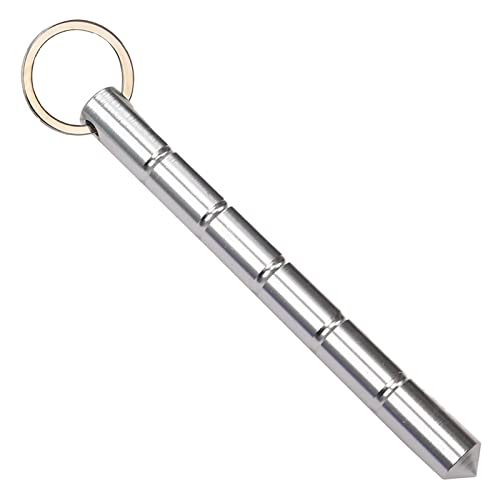Everyday Objects: Your Unexpected Allies in Self-Defense
How To Use Everyday Objects as Self-Defense Tools
If you’re caught in a dangerous situation with no weapon nearby, knowing how to use everyday objects for self-defense could save your life. Inspired by Krav Maga, an Israeli self-defense system designed for real-world situations, this guide explains how to utilize everyday items as practical protective tools. The goal is simple: stay safe using what you already have. By grouping objects into functional categories, you can quickly assess and take action when it matters.

Why Everyday Items Work for Self-Defense
Everyday objects work because they’re readily available and easy to adapt to. Krav Maga doesn’t rely on memorizing exact moves with specific weapons. Instead, it teaches concepts that apply across different tools. If you learn to use one item in a category, like a stick, you’ll know how to use others with similar shapes and functions. This universal approach enables you to transform almost anything into a defensive tool, whether you’re at home, outside, or on the go.
Long-Range Tools: Keep Distance With Sticks
Objects like broomsticks, umbrellas, walking canes, and baseball bats are ideal for maintaining distance between you and an attacker. These tools let you strike or block without letting someone get too close. With enough reach, you can land swinging or thrusting strikes to sensitive areas like the head, throat, ribs, or knees. This range gives you a decisive advantage, especially against someone with a knife or sharp object.
When using a long item, grip it with both hands for control and stability. Practice striking from multiple angles, downward, upward, sideways, and straight thrusts. Your main goal is to disrupt the attacker’s movement and buy time to escape. Even if you don’t land a perfect strike, just keeping someone at a distance can reduce your risk of injury.
Medium-Range Tools: Pen-Like Weapons
Items such as pens, scissors, metal straws, or broken glass can work well when an attacker is within arm’s reach. These are considered medium-range tools. You can stab or slash using fast, direct movements. The best targets are soft, exposed areas, such as the neck, eyes, wrists, or groin. Because these tools can cause serious harm, they should only be used when you’re in immediate danger.
The way you grip the object matters. You can hold it in a forward grip, similar to a knife, or a reverse grip, with the point facing downward, like an ice pick. Practice moving your arm quickly and with control, making short, focused strikes. These tools can stop an attack quickly if used decisively, but they also require you to be close, so your timing and confidence are crucial.
Heavy Projectiles: Throw or Strike Up Close
Heavy objects you can hold in your hand, like phones, bottles, rocks, or padlocks, can serve two purposes. First, you can throw them to distract, delay, or injure an attacker from a few feet away. A solid throw aimed at the face or upper chest can interrupt their momentum or stop them altogether. Second, you can grip these objects and strike with them directly, using them like makeshift brass knuckles.
When throwing, aim for the head or chest quickly. The goal is to surprise or stun the attacker, not necessarily to cause permanent damage. If you choose to strike instead, make sure you have a firm grip to avoid dropping the object or injuring yourself. Hitting with the corner or edge of the item adds impact. These tools can be powerful, especially when paired with your punches or kicks.
Distraction Tools: Create Openings to Escape
Distraction tools are everyday items that don’t deal much damage but can break the attacker’s focus long enough for you to escape or counterattack. Keys, coins, sand, water bottles, hot coffee, deodorant spray, or dirt can be used to blur vision or target the eyes. Even a sudden splash of liquid or a handful of loose change thrown at someone’s face can cause them to flinch or back off for a second.
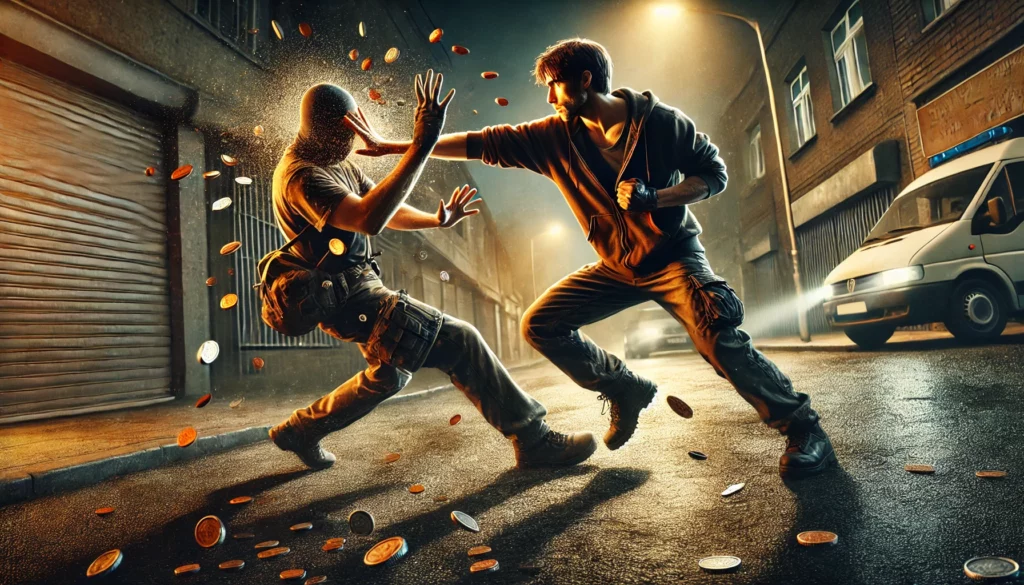
These tools are about timing. You’re not trying to fight with them, you’re trying to create a chance to run, strike, or find a better weapon. A quick distraction can open up an escape route or give you a moment to deliver a stronger follow-up. The key is speed and surprise. Please don’t wait until you’re under pressure, practice using something like your coffee cup or keychain so you’re ready when it counts.
Multipurpose Objects
Some items don’t fit neatly into one category and can be used in multiple ways. A hammer is a good example; it can be swung like a bat, held like a rock, or even thrown if needed. Flashlights, metal water bottles, and sturdy bags can also serve different roles depending on the situation. If you think creatively, you’ll find that many items around you have more than one possible use.
The more you train with a range of items, the better you’ll be at spotting these opportunities. A bag strap might serve as a whip or a way to trap a limb. A belt can be used for striking or as a choking device. The more versatile the object, the more value it has in a tense moment.
Practicing with Improvised Weapons
Knowing what to do is only part of the equation. Practice is what makes these moves valuable under stress. Start with items you already carry every day, like your phone, keys, or a pen. Practice drawing and gripping them quickly. Work with a partner using safe, padded training gear. Begin with slow, controlled movements to understand how each item behaves, then add speed and pressure once you’re comfortable.
Start by defending against an unarmed attacker. Then test yourself against someone pretending to have a knife or trying to grab you. If possible, train in different environments—indoors, outdoors, in tight spaces. Repetition builds muscle memory, which helps you act fast when adrenaline kicks in. The goal is to make your movements instinctive.
General Rules for Using Everyday Objects in Self-Defense
No matter what object you use, a few key principles apply:
- Aim for vulnerable targets – the eyes, throat, groin, knees, and ribs are common weak spots.
- Use five strike directions: up, down, left, right, and straight thrusts give you full coverage.
- Keep your movements quick and short: Long, exaggerated motions give away your intent and leave you open.
- Don’t depend only on the object: Mix in strikes, kicks, and blocks with your free hand or legs.
- Confuse your attacker: Use fake attacks to throw them off, then land a real strike.
- Stay flexible: Drop the weapon if necessary and switch to an alternative. Don’t hesitate.
The object helps, but your mindset, speed, and willingness to act make the real difference.
Frequently Asked Questions
Yes. A sturdy metal or hard plastic pen can act like a small dagger. If you grip it tightly and aim for soft spots like the neck or eyes, it can stop an attacker long enough for you to escape or take control.
A pen, keys, or a heavy keychain are easy to carry and don’t draw attention. A small flashlight or tactical pen works even better if you’re prepared to use it. The best item is one you can reach and use under pressure.
Only if you have no better option, a phone can distract or injure if thrown well, but you’ll lose a tool to call for help. Use it as a last resort or choose another object if possible.
Train with a friend or instructor. Start slow with soft objects, then work your way up. Practice drawing the item, striking with it, and reacting to pressure. Build confidence by repeating the motions until they feel natural.
Final Tip: Always Be Aware
Self-defense starts with awareness, not action. Wherever you go, make it a habit to scan your surroundings. Ask yourself: What could I use if something goes wrong? What’s within reach? What would I pick first?
That mindset, combined with simple training, can make all the difference in a crisis. You don’t need a weapon to protect yourself. You just need to be prepared to act with what’s already in your hand.
